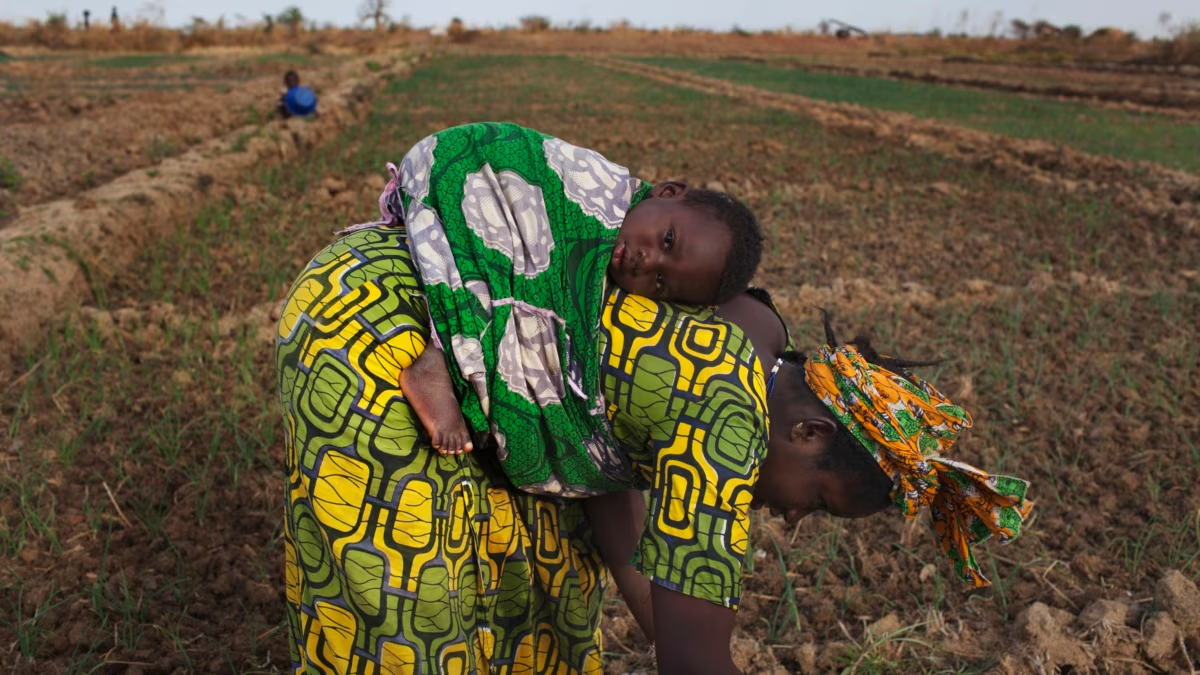What majority of free-range (Kienyeji) poultry farmers do wrong
There are about 22 million indigenous chickens kept in the country under the free-range system, mainly in the rural communities, according to research by Kenya Agricultural and Livestock Research Organisation.
It is estimated that the indigenous chickens make 76 per cent of total poultry population and produce about 55 and 47 per cent of total meat and eggs respectively. So, this is a very important sector.
My first stop was at the home of Lydia Naomi Nambiro, a 47-year-old housewife and a mother of four. Lydia keeps about 100 chickens on part of her one-acre compound.
She has surrounded the chicken farm with a wire mesh, safeguarding the birds that she sells from Sh500 to Sh800 each.
By rural standards, Lydia is doing very well and she is offering lessons to her colleagues in the village.
You see, many farmers do not invest in chain-links, leave alone building coops for their birds where they can spend the night.
“My birds scavenge for insects, food waste, grass, vegetables and scattered grains like maize and millet,” said Jesse Masiga, another farmer in the area, who is struggling to maintain a flock of 10 birds under the free-range system.
Without a chain-link, farmers like Masiga face the twin challenge of human and animal predators like eagles and mongoose and the spread of diseases from neighbours, who fail to vaccinate their flock.
Lydia’s Sh30,000 investment in the chain-link has paid off as it has not only kept predators at bay, it has reduced the spread of diseases.
But you do not need to struggle to get a chain-link. I met an innovative farmer who has planted euphorbia at close range around his compound, with the plant acting as an impenetrable fence, keeping his chickens in one place.
Many farmers in rural areas find free-ranging simple and economically viable when it comes to feeding.
However, what farmers need to know is that nutrient intake of indigenous chickens or the hybrids under free-range system is barely enough to meet their maintenance requirements and support growth and egg production.
Feed supplementation is, therefore, needed. In fact, the percentage mean Crude Protein (CP) of scavenging diets is 11.2 per cent, indicating a deficit.
Scavenging, thus, cannot provide adequate nutrition to the birds and this affects egg production and weight gain for any successful commercial venture.
Poor nutrition contributes to low growth rate and egg production in birds raised under free-range conditions. For example, egg production of indigenous chickens raised under traditional conditions is about 40-100 per year. With improved housing, disease-control and feed supplementation, production can increase to about 150 eggs per year.
There are plenty of feed supplements in the market, which include fish meal, cotton seed, sunflower cake, maize germ, bone meal and oyster shells. These supplements are sold in smaller packs, therefore, affordable to rural farmers.
The other thing I observed among rural poultry farmers is about disease-control. It is estimated that chick mortality averages 40-60 per cent over the first eight weeks. Once every three months, Lydia vaccinates her birds against Newcastle and other lethal diseases at a cost of Sh5 each, services offered by a private vet.
However, she does not strictly follow the vaccine schedule due to the costs involved.
“I have not lost any birds to diseases in the last two years because of the vaccines,” she said as she broadcasted maize for the birds. But this could be due to lack.
One way of farmers bringing the vaccine costs lower is by pooling together to form clusters that will enable them procure the drugs – and even feeds in bulk, ensuring all birds are vaccinated.
Housing under free-range production is also underdeveloped in rural areas, with farmers like Lydia allowing the chickens to sleep in the cow pen.
An ideal poultry house should provide the birds with a comfortable environment and protect them from the extremities of rain, wind, sunshine, predators and keep at bay diseases.
The ideal stocking density is two square foot per bird. To reduce cost and improve aeration, consider wire mesh covered with a net for the wall. Wood or brick wall are alternatives. A coop measuring 20ft long, 20ft wide and 8ft height is adequate to house 500 chickens.
Uncontrolled cross-breeding, year-in-year-out leads to low stock productivity, what many free-range poultry farmers do not care most. For rural farmers who free-range, in-breeding is also a menace. It is important to replace breeding stocks every year by introducing cocks from distant villages.
Lastly, marketing by word of mouth to passers-by is ineffective and leaves farmers at the mercy of middlemen who buy cheaply to sell to hotels in nearby towns.
Farmers need to explore other channels like social media marketing as it is readily available on mobile phones. Some counties like Bungoma are coming up with chicken abattoirs, which widens market.
Obwogo is a poultry farmer, a medical doctor and a senior quality improvement adviser in health policy and systems strengthening.

















Leave a Reply